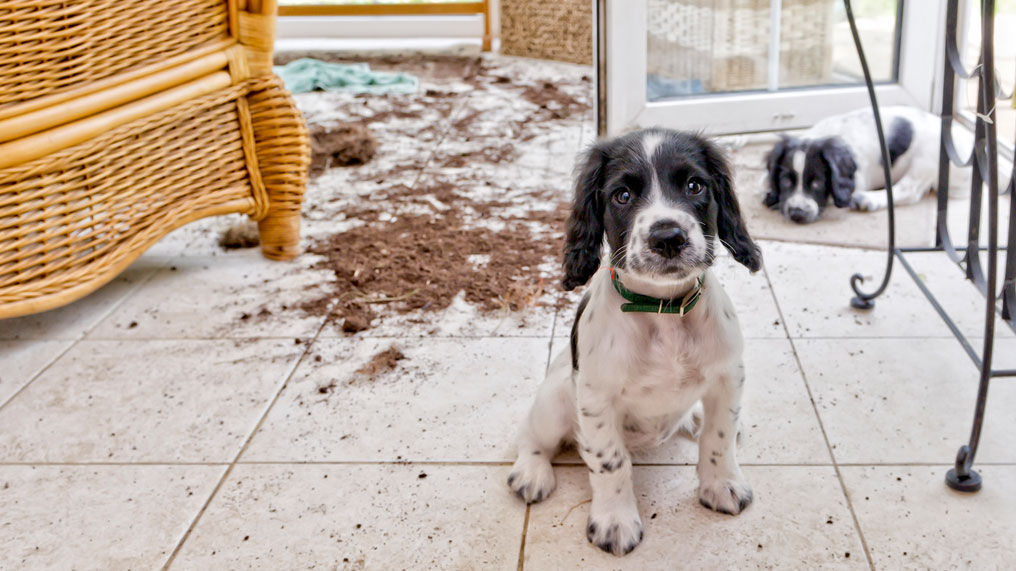Churchill magazine

Motor
Are winter tyres worth it?
Winter tyres aren't a legal requirement in the UK, but is it worth switching to them for the winter months?

Motor
Car maintenance checks you can do yourself
In between your MOT, learn how to stay on top of your car's maintenance.

Home
How to protect your home from water leaks
Water leaks can cause a lot of damage to your home. Find out what can cause an escape of water and how to try prevent it.
Home

Home
Why you should check the electrical appliances in your home
We've put together some simple tips and advice for keeping your home safe from electrical fires. From not overloading your extension leads to watching out for common hazards, we've got the guidance to keep you safe.

Home
How to child-proof your home
Churchill looks at ways to help you spot hidden hazards and keep your children safe at home.

Home
Quick home maintenance tips
When it comes to looking after your home, spotting any big repairs early could save you time and money. Take a look at our handy tips on how you can keep your home in good condition.
Motor

Motor
What can invalidate your car insurance policy?
Don't invalidate your car insurance policy. Find out the most common ways drivers invalidate their car insurance.

Motor
Car insurance glossary
Do you know all the car insurance lingo? Get to know these terms to make reading your policy documents a bit easier.

Motor
How to stay calm behind the wheel
Encountering aggressive drivers can be frustrating, but reacting in the wrong way can make things worse. Our guide will help you stay composed, de-escalate tense situations, and drive with confidence.
Lifestyle

Lifestyle
Tips to improve your pet's behaviour
From walking best practice to curbing destruction in the house, how can you keep your pets under control?

Lifestyle
How to get help with funeral costs
When suffering a loss, the last thing anyone wants to be thinking about is money. But funerals are getting more expensive, and it's something families can struggle to pay for. Many of them don't realise what help is available for funeral costs.
